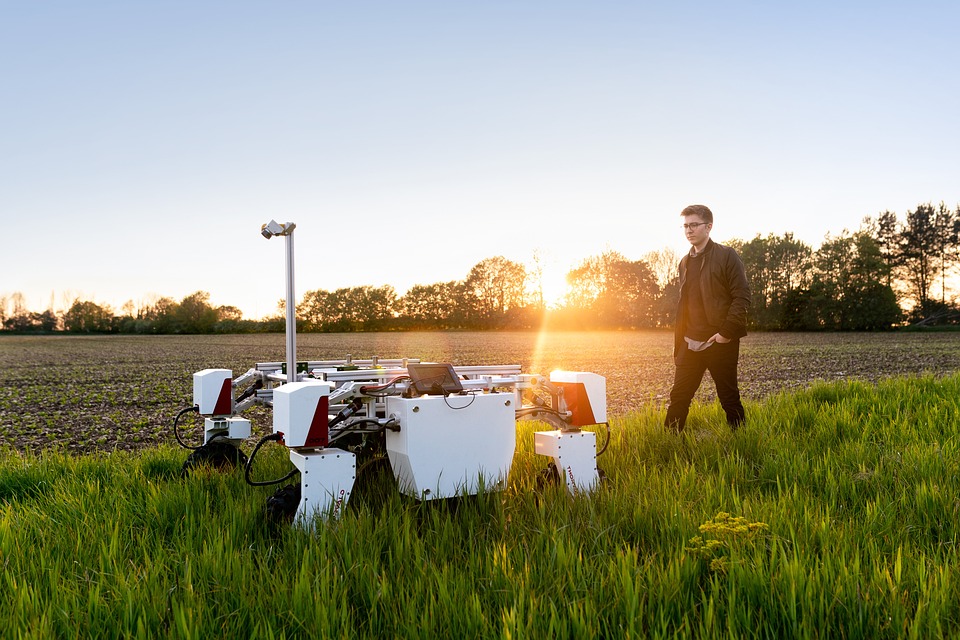In recent years, the advent of 3D printing technology has revolutionized the realms of manufacturing and engineering. This innovative method of production adopts additive manufacturing techniques, allowing for the creation of complex components from digital models. As industries embrace this transformative technology, its impact is becoming increasingly profound, reshaping workflows, reducing costs, and enabling unprecedented design possibilities.
The Evolution of 3D Printing
3D printing began as a niche technology in the 1980s, primarily utilized for rapid prototyping. Today, advancements in materials, processes, and software have made it a viable option for full-scale manufacturing. With the capability to produce items ranging from simple prototypes to intricate, fully functional parts, 3D printing has integrated itself into various sectors such as aerospace, automotive, healthcare, and consumer goods.
Advantages of 3D Printing
-
Design Freedom: One of the most significant benefits of 3D printing is its ability to create complex geometries that are often impossible or prohibitively expensive to achieve with traditional manufacturing methods. Engineers can explore innovative designs, optimizing performance and functionality while minimizing materials and weight.
-
Cost Efficiency: Traditional manufacturing often requires expensive tooling and large production runs. In contrast, 3D printing allows for on-demand production, which is particularly advantageous for small batch sizes or customized parts. This flexibility not only reduces storage costs but also decreases the risk associated with unsold inventory.
-
Material Utilization and Waste Reduction: 3D printing is inherently more material-efficient than subtractive manufacturing methods, which involve cutting away material to create a part. By only adding material where necessary, companies can significantly reduce waste, thereby achieving more sustainable practices.
-
Rapid Prototyping and Development: The speed at which 3D printers operate enables rapid prototyping, allowing engineers to create and test designs faster than ever before. This capability accelerates the overall product development timeline, leading to faster time-to-market for new products.
- Customization and On-Demand Production: Industries often require unique solutions tailored to specific needs, and 3D printing excels in customization. From one-off medical implants that perfectly fit an individual’s anatomy to personalized consumer goods, 3D printing delivers bespoke solutions efficiently.
Challenges and Limitations
Despite its many benefits, 3D printing also faces challenges that must be addressed for broader adoption:
-
Material Constraints: While the range of available materials is expanding, 3D printing still has limitations in terms of strength, durability, and thermal resistance compared to traditional manufacturing materials. This constraint can limit its applicability in certain high-stress environments.
-
Quality Control and Standards: Ensuring the consistency and reliability of 3D-printed parts poses challenges. As industries increasingly rely on 3D printing for critical applications, establishing rigorous quality control standards is essential.
-
Intellectual Property Concerns: The ease of replicating designs raises significant intellectual property issues. Companies must navigate potential infringements and consider the implications of design sharing in an increasingly digital landscape.
- Regulatory Hurdles: For industries such as healthcare and aerospace, regulatory approval for 3D-printed components remains a complex and lengthy process. Building a robust regulatory framework that ensures safety and efficacy is vital for wider acceptance.
Future Prospects
As technology progresses, the future of 3D printing in manufacturing and engineering looks promising. Continued advancements in material science, software, and machine capabilities will expand the scope of what can be achieved. Emerging technologies such as multi-material printing and bioprinting are set to unlock new applications that could further revolutionize the industry.
Collaboration between manufacturers, engineers, and policymakers will be critical in addressing existing challenges and developing best practices. Educational institutions are also taking an active role in preparing the next generation of engineers with the skills to leverage 3D printing effectively.
Conclusion
The impact of 3D printing on manufacturing and engineering is unmistakable. By providing unprecedented design freedom, reducing costs, and advancing sustainable practices, it has transformed the way industries create products. While challenges remain, the potential for growth and innovation continues to drive interest and investment in this groundbreaking technology. As we move forward, embracing the full capabilities of 3D printing may well define the future landscape of manufacturing and engineering.

